GE vice chair talks AEC advantages
 GE’s vice chairman John G. Rice talked to VIR’s Hoang Mai during his visit to Vietnam last week about the gains that the ASEAN Economic Community launch would bring to Vietnam’s business community and how the US industrial conglomerate could make increase its presence in key sectors such as energy, aviation and healthcare in the region, particularly Vietnam.
GE’s vice chairman John G. Rice talked to VIR’s Hoang Mai during his visit to Vietnam last week about the gains that the ASEAN Economic Community launch would bring to Vietnam’s business community and how the US industrial conglomerate could make increase its presence in key sectors such as energy, aviation and healthcare in the region, particularly Vietnam.
Since Vietnam joined the ASEAN in 1995, the country has experienced impressive economic growth thanks to greater regional trade and investment integration. Now, with the launch of the ASEAN Economic Community (AEC) nearing, is it a case of pain and gain for Vietnam?
I think the gain will be the ability to participate in the region where trade flows should create more growth. At a micro-view, if we have more co-operation and could reduce trade barriers, we could create a few more points of economic growth. However, the pain comes from sometimes the dislocation, sometimes the jobs that are created in one sector and in another sector where they are reduced. So, the net is positive but there is a change in the mix. Therefore, countries and companies will have to retrain, help people who are in jobs that aren’t needed in a certain place and help retrain and reposition them for jobs that are needed. I think that there is some rebalancing required. Generally, the gain should be more consistent and positive economic growth, while the pain is some of the retraining and restructuring that has to be a part of that.
Competitiveness is one of the most critical points for Vietnamese companies when entering the global marketplace. What advice should Vietnamese companies take if they are to rebalance and restructure themselves to maximise the gain?
I think they have to understand what they are good at and they have to benchmark themselves against competitors in other parts of the region. If they are low-cost producers with high quality products that meet their customers’ needs, the chances are there and they don’t have to do much. If they are high-cost producers, and they are inefficient and their quality is not good, somebody else may take their business. So I don’t think they have to wait until the day that the AEC starts, they can start now, understanding how they can be compared with other companies in the region.
GE is well-known for successfully operating in energy, aviation and healthcare in all ten ASEAN member states. What opportunities will the AEC give to GE’s further business growth in the near future?
If the formation of the AEC makes it easier to trade, if the barriers come down even further and the fraction in the system is reduced, I am confident that we’ll end up with more jobs here. Now, we have about 7,500 jobs in the ASEAN member countries, on average 60 per cent of what we do is based on exports from one member state to another. For example, ninety per cent of the products we produce at the GE Haiphong facility in Vietnam are exported to other countries. If Vietnam continues to make it easier to trade with other countries within the region, why wouldn’t we think about a second phase at the GE Haiphong facility? Making it easy to do business, you will attract more direct investment and create more opportunities for all.
Last year, GE increased its investment from an initial $50 million up to $110 million in the GE Haiphong facility. It has exported thousands of wind turbine generators and other energy equipment to the group’s manufacturing and service centres around the globe. You previously mentioned a second phase, is there a timetable for that?
We will know that probably in the next six or 12 months. First, we should understand it will take place if there is a good economic case for expanding into the second phrase. That would be based on the performance of the first phase. I think there’s already a good case based on the country, with supportive local and central governments. So now we have to see whether the market would support expanded production capacity.
In Vietnam, GE has been applying the company-to-country strategy, helping GE Vietnam achieve annual double digit growth. With the launch of the AEC, are you considering a One GE approach?
This strategy has to be flexible because the requirements change and we will see what will happen with the AEC and the areas where we should put more or less emphasis. Right now we are comfortable with the strategy we have, but as the needs of the country will change and the focus will change, companies like ours will need to adjust.
What the stars mean:
★ Poor ★ ★ Promising ★★★ Good ★★★★ Very good ★★★★★ Exceptional
Latest News
More News
- Addressing Vietnam's energy challenges with aeroderivative gas turbines (February 28, 2023 | 09:33)
- How to sprint ahead in 2023’s worldwide energy priorities (February 08, 2023 | 13:55)
- Boosting Vietnam's grid stability through gas turbine technology (November 22, 2022 | 20:02)
- Healthcare trio collaborates to provide thousands of free breast scans (October 27, 2022 | 17:19)
- GE Healthcare's vision for AI-backed radiology (September 29, 2022 | 11:53)
- GE brand trio to shape the future of key industries (July 19, 2022 | 15:35)
- GE unveiling brand names and defining future (July 19, 2022 | 15:16)
- GE: the shortest route towards sustainability (July 18, 2022 | 08:00)
- Be proactive in an uncertain world (May 20, 2022 | 11:40)
- GE secures first 9HA combined cycle power plant order in Vietnam (May 16, 2022 | 17:06)




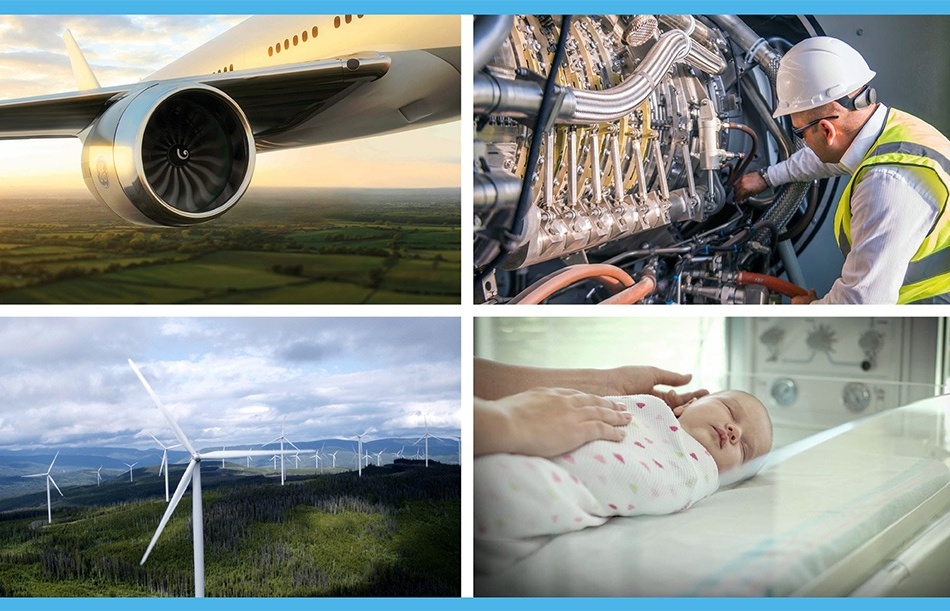
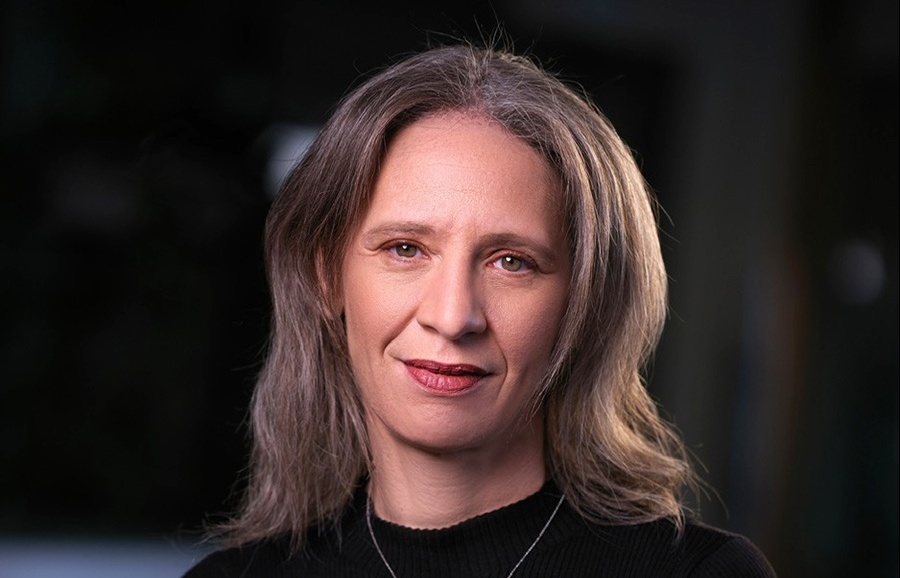
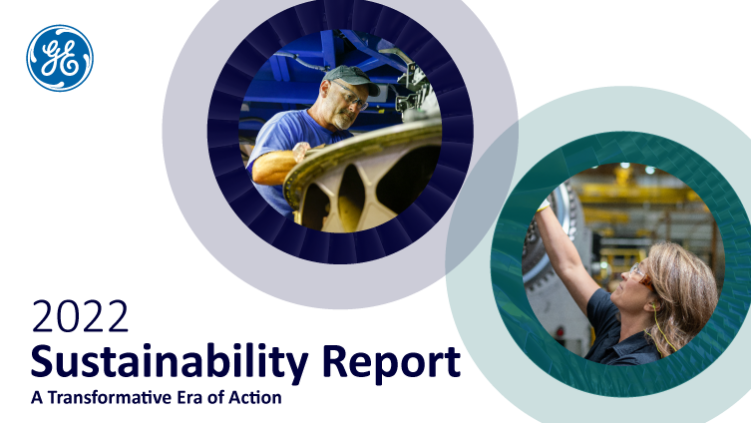
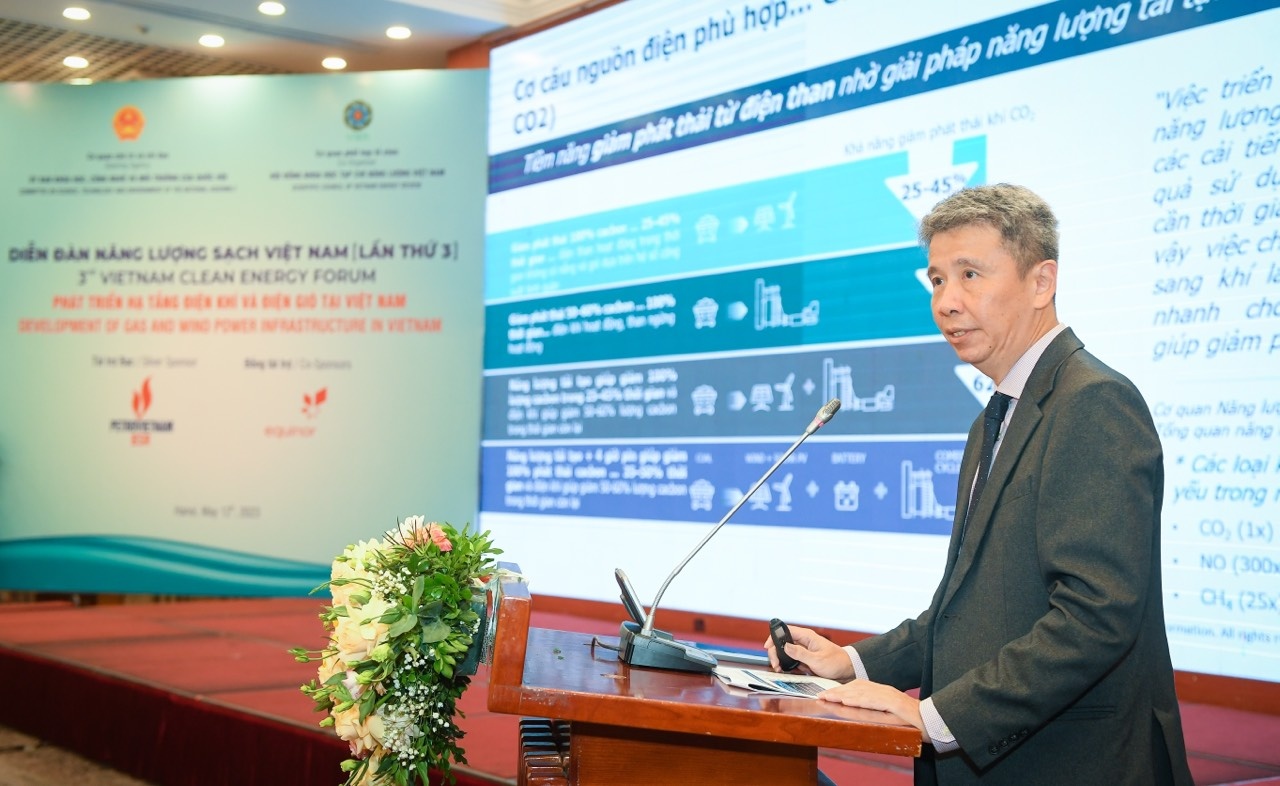
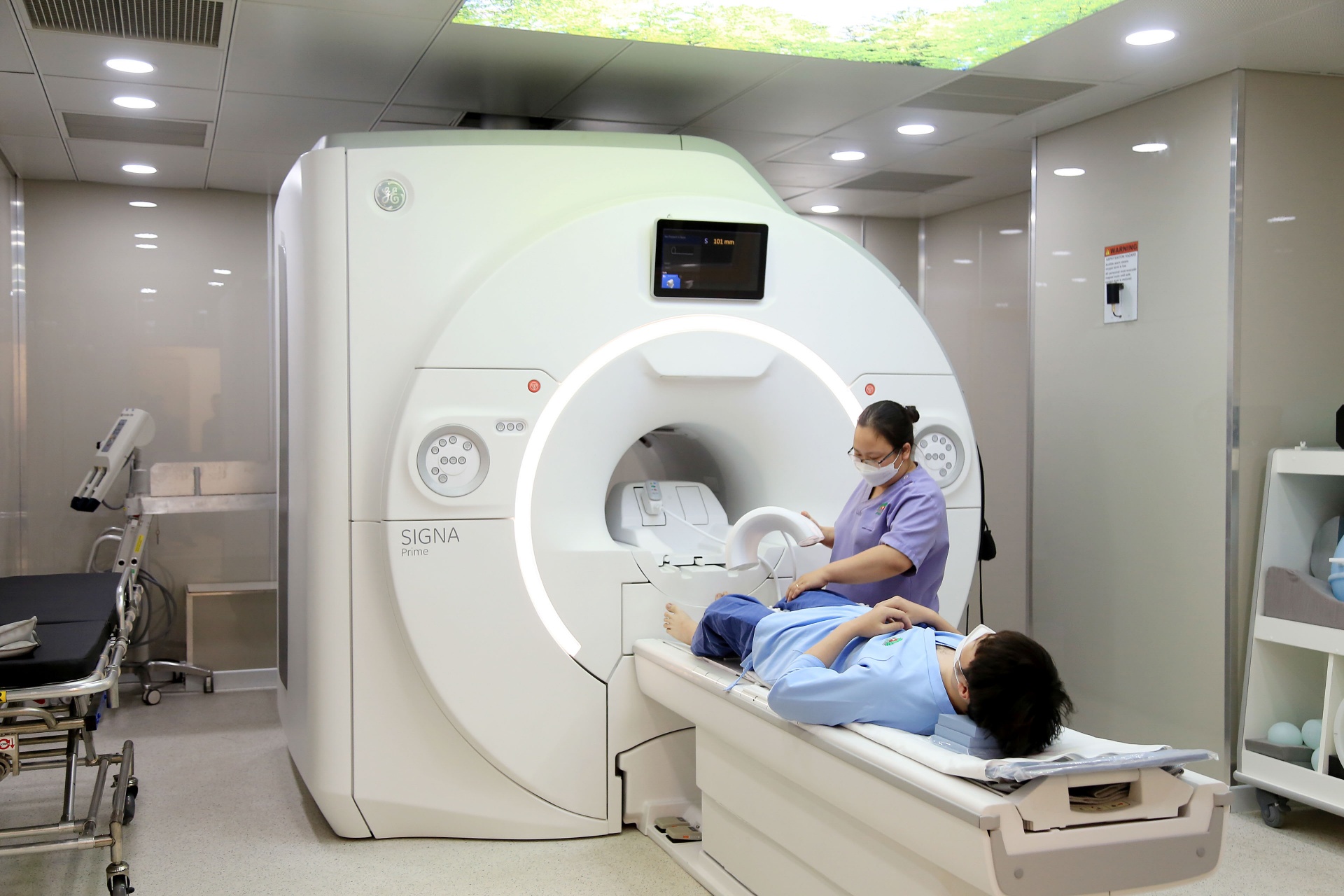
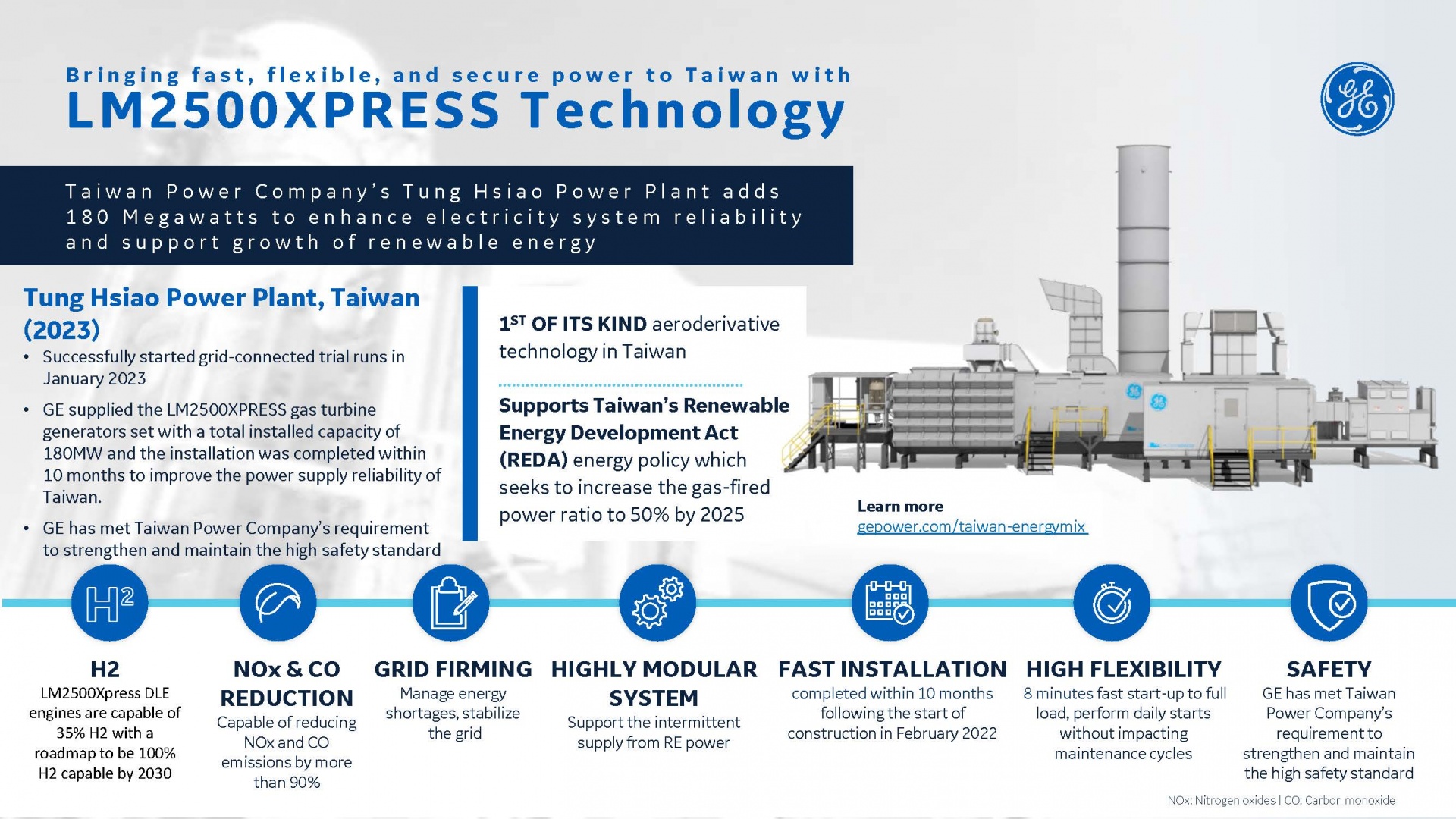










 Mobile Version
Mobile Version